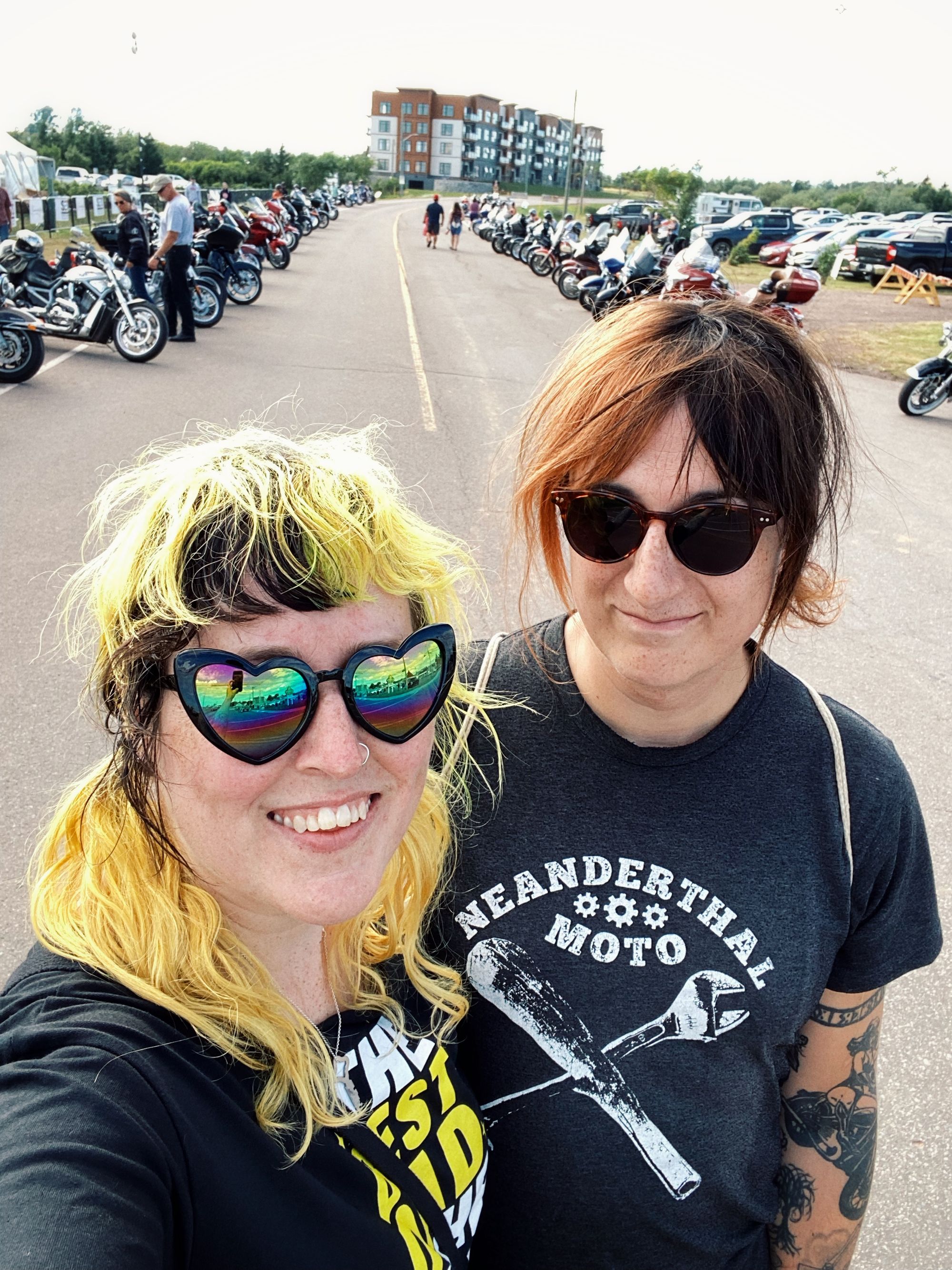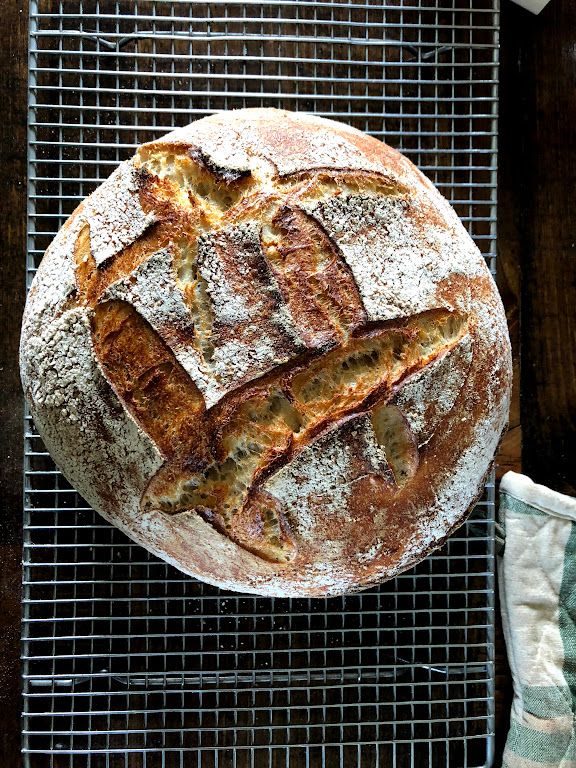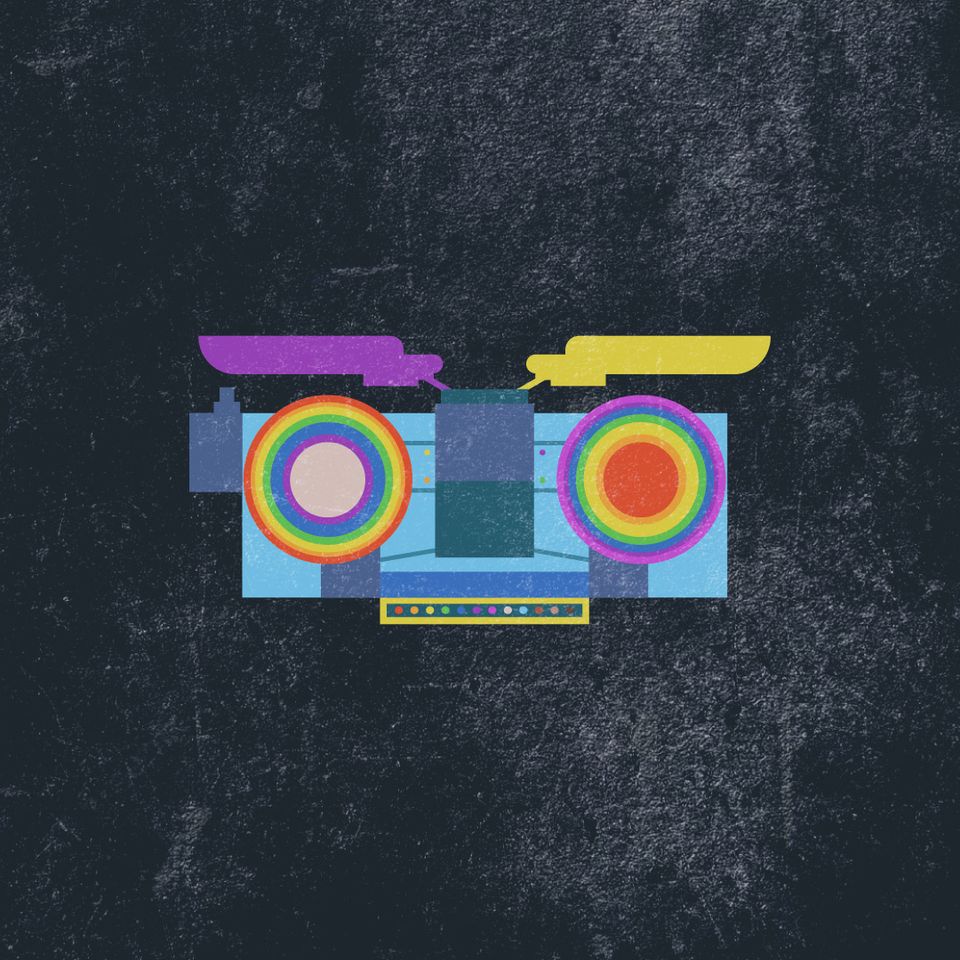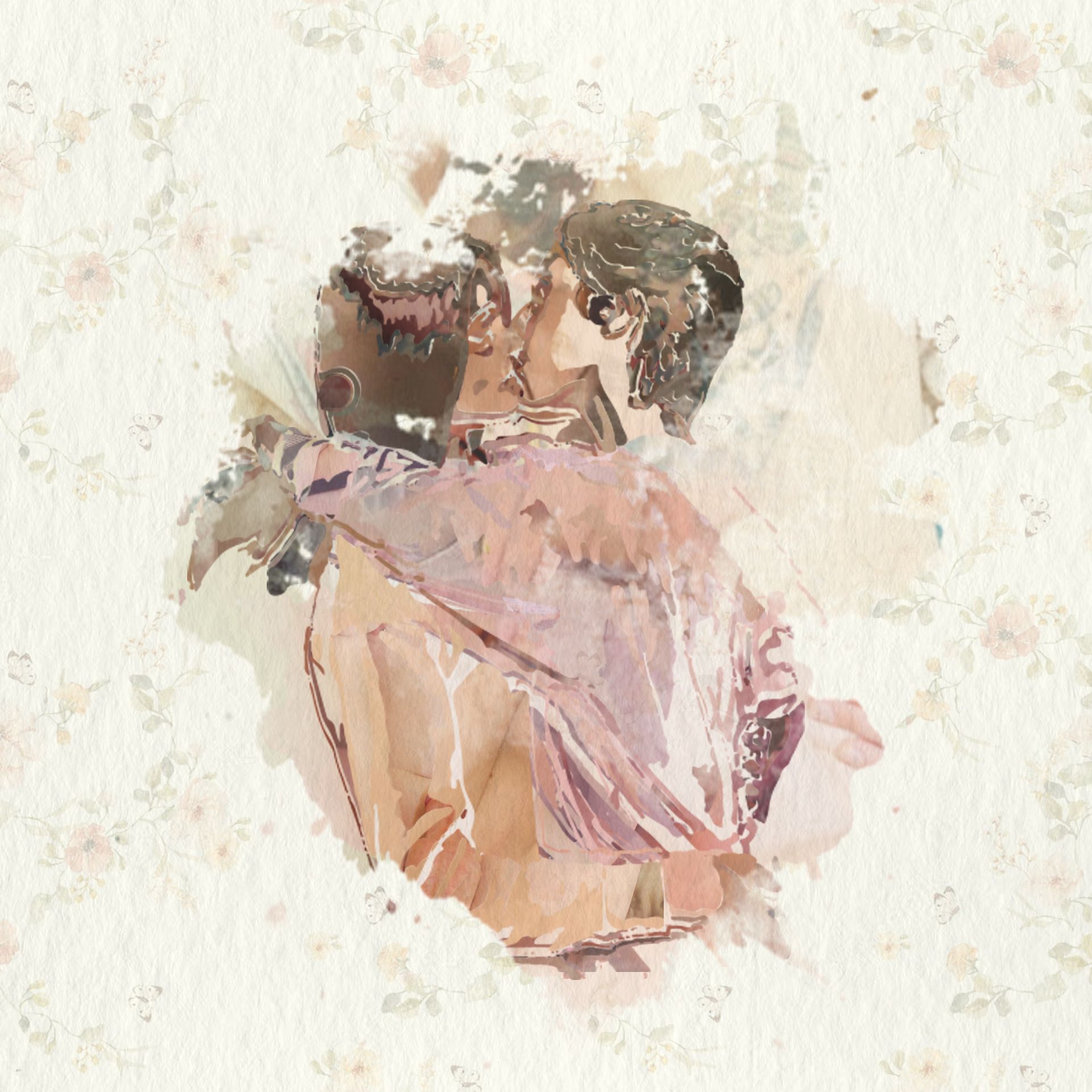My queer motorcycle life.

Some people are actually surprised when I tell them I—a feminine trans person—ride a motorcycle.
Aside from my thin build and affinity for paisley handkerchiefs, I think I pass pretty well for a biker. Whether it’s my arm of tattoos (one of which is a motorcycle), denim jacket covered in motorcycle patches, or black leather boots, I would think I’d fit right in at any motorcycle rally. What maybe throws people off is the fact that motorcycling is seen as not just masculine, but a very straight thing to do. To some, picturing an openly queer and visibly transsexual person in a brute motorcycle environment can be jarring. The biker domain is, after all, notoriously homophobic and misogynistic. Isn’t it?
Sweaty bare-chested men—dressed in ornate, custom-tailored, matching leather outfits—choreograph a fun boys’ day of synchronized riding, complete with pit stops, picnics, and roadside shopping, before gathering later for group hotdogs and hugs.
Seems pretty gay to me.
I’m writing this in January, which means around this time fifteen years ago, I’d not ever been on a motorcycle. I’d been on a three-wheeler once in the 1990s with a French-Canadian friend of mine, and if you’ve ever been on the back of one of those death traps, you may understand why I soon lost interest in motorsports.
In early 2008, I was in no way considering riding a motorcycle. I had nothing against motorcycles themselves, in fact, machines were endlessly fascinating to me; but with fear aside, I just didn’t care for the people who rode the motorcycles. They just looked…silly. The tough-guy Harley shit, or the full-face helmet and sandals aesthetic of sport-bike people—I just couldn’t get past the absolute foolishness of it all. These people worked at call centres, hardware stores, and accounting firms, but then adopted this ridiculous Marlon Brando caricature when they sat their bony asses on a motorcycle. I’m cringing right now thinking of it. And cringey was precisely how I felt about motorcycles the year I started riding.
So, why did I start riding? Easy. Fear of missing out. It’s the least interesting part of this story, actually. My wife, Erin, decided to get her motorcycle license and at first, I didn’t want to; I was too afraid. But, when she actually registered for the safety course, I was overcome with such intense FOMO, I was left with no choice but to face my fears. Embarrassingly, I slipped into some leather chaps, and a 1980s leather jacket, strapped on a teeny-tiny helmet and poked my frail little fingers into some Harley-branded leather gloves. I sat on a motorcycle, and it was game over.
It was a fucking blast.
As I began my first season riding, I had just finished my second diploma in visual arts—I was an art-fag.
And in 2008, I very much looked like one. I was not out at the time, but I wonder how anyone thought I could possibly be straight, or cis, or whatever. It’s hilarious. During that period of my life, I was surrounded by queer culture, parties, and friends, but I still managed to carry around internal shame and denial. Masking my identity with the very motorcycle aesthetic that previously made me cringe was counterintuitive, but actually made sense somehow at the time. I could try on the silly costume—like cosplay for straight men—and those silly bikers would be none the wiser.
When you want to blend in, being a biker has its advantages because cruising down the road, all bikers tend to look the same. Even off the motorcycle, in a crowded parking lot, we still pretty much all look the same. For a group of rebels, we certainly love conformity. To help conceal my queerness in plain sight, I used this to my advantage.
Once you are in the belly of the beast, however, it’s hard to un-see the way in which our patriarchal society has shaped the modern biker’s psyche. As a closeted queer, attending a motorcycle event was an open invitation to danger.
Putting on their leather outfits gave these otherwise mundane suburban dads' permission—nay, it encouraged them—to let loose and leave their responsibilities and humanity at home with the wife. It’s like a superhero custom for bigots. After they become the biker, aggression is inevitable. It’s viral. Pack mentality eventually releases the floodgates for open misogyny, homophobia, and racism. They’ll say it’s an environment for the biker to be himself, well, they’re not wrong.
It’s a hostile place to exist as a queer. But, it wasn’t always that way.
There is some commonality between the biker look and queer aesthetic.
Quite a bit, actually, and this is not a coincidence. In the 1940s and 50s, some gay men tried to distance themselves from more effeminate gay men and the presumption that gay men are naturally feminine or weak (there’s that misogyny again). They adopted an aggressive style of dress, expressing and endorsing hyper-masculinity. Leather caps, leather vests, leather pants, and chains were worn to signal masculinity, social rebellion, and sexual prowess. In gay biker bars, this new look developed in tandem with things like kink and BDSM, and other sexual depravities of the time. Eventually, the gays mostly dropped the bikes for kink; fast-forward seventy years, and dad-bikers are left wearing the chaps.
(Erin and I talk about this at length on our podcast, Salty MotherClutchers Episode 34: Pride, rainbows, and rookies)
As it stands today, if you’re not really into aggressive masculinity, it can be pretty lonely out there in the biker world.
I was excited that more women were starting to ride motorcycles. It said, to me, that at least some misogyny was slowly being addressed—representation matters! Women’s motorcycle events were also marketed as inclusive safe spaces, so I envisioned a kinder space where women embraced the femininity their intolerant male counterparts wouldn’t. I imagined laughter, support, solidarity, and positive energy.
As it turned out, that last notion was as misogynistic on my part as it was completely misguided. Over the years, I discovered that women bikers were not exempt from the toxic masculinity and aggressive behaviour engrained in motorcycle culture, and their inclusive spaces put me in a position just as uncomfortable as all the rest.
As a queer biker, I was starting to feel as though I might be out of place everywhere I went. I only felt at home when I was alone—riding. Strangely, not finding solace in the motorcycle community after ten years of attending rallies and events, led me to be more accepting of myself as an independent rider. So, even though I didn’t find the kinship I thought I needed in the broader motorcycle world, I learned to embrace what I liked about motorcycles on my terms. Because the fact remained—riding was really fucking fun.
There’s nothing that can beat the feeling of adventure sparked by a full tank and an open mind. Strap that shit down and go!
It sounds as though I only ride alone, but this is not true. My wife is my best friend, and by far the best riding partner I’ve ever had. Any communication lacking in our marriage (jk) is made up for on the road. We can read each other’s riding style and identify cues without skipping a heartbeat at highway speeds. There’s so much to love about motorcycles when you surround yourself with the right people.

So, where are all the queers anyway?
There has to be more than us, right? Like, statistically speaking?
This was one of the bigger questions Erin and I asked ourselves while creating the Salty MotherClutchers podcast. Besides making fun of what we didn’t like about motorcycle culture (bros and sportsters), we really wanted to exploit what we did like, and the things that brought us closer to one another. It was also an attempt to signal to our queerdo family abroad—if there was one—that they too were not alone.
The queers came calling, quite literally. To date, we have three seasons behind us, over 67 episodes and have spoken to dozens of queers, trans riders, and LGBT+ allies from across North America that share our sometimes frustrating passion for motorcycles. Our cultural and geographical backgrounds vary, as do our first languages at times, but it’s in our queerness and love for motorcycles that we connect, and bond.
There’s a fire that ignites in you when you finally feel like you’ve found your people; you feel something click into gear, and you start to move seamlessly in sync with a total stranger.
In giving up my personal search for inclusion, I accidentally found comfort in an entire world of exclusion—a queer world full of amazing riders that just get it.
2023 Queer Ride & Meet Up
Queers on Gears is an international not-for-profit community-run group made of queer people and allies. Erin and I co-founded the first Canadian Queers on Gears chapter in 2022, and we host an annual event on Prince Edward Island during our pride festival called Queer Ride & Meet Up. All motorcyclists and moto-curious folks are welcome to attend, and riders are invited to join us for a colourful ride supporting the LGBT+ community. In fact, we highly encourage straight riders and allies to participate in an effort to combat some of the many stereotypes in the motorcycle community that I’ve outlined here today—homophobia, transphobia, and misogyny.




